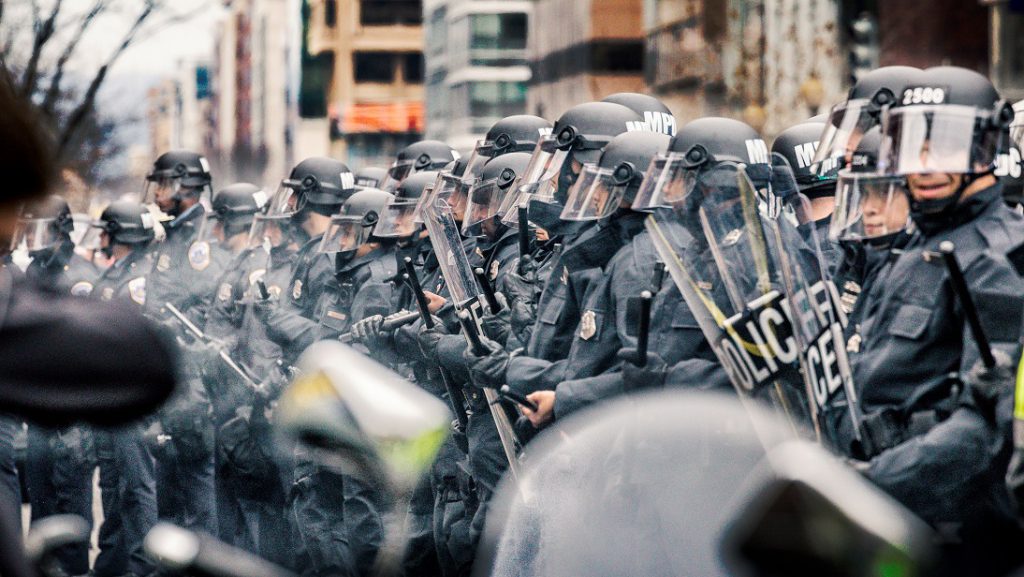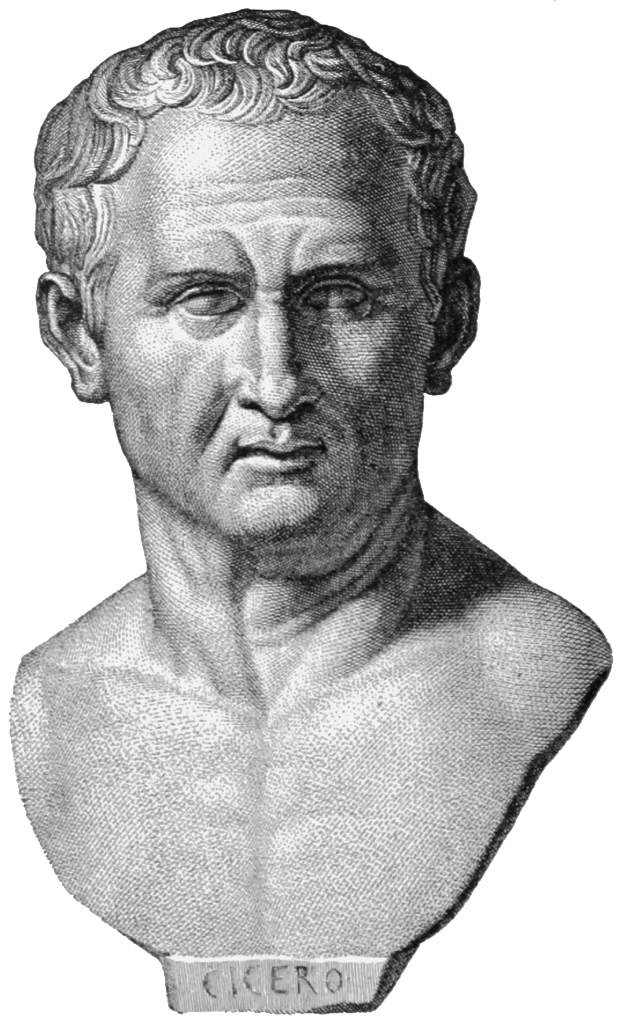February 17, 2017, by Will Leveritt
The Fall of the Roman Republic, the rise of the ‘Alt-Right,’ and Shia LeBeouf
Text by Gary Fisher
‘He meets Clodius in front of his farm, about the eleventh hour, or not far from it. Immediately a number of men attack him from the higher ground with missile weapons. The men who are in front kill his driver, and when he had jumped down from his chariot and flung aside his cloak, and while he was defending himself with vigorous courage, the men who were with Clodius drew their swords, and some of them ran back towards his chariot in order to attack Milo from behind, and some, because they thought that he was already slain, began to attack his servants who were behind him.
Cicero, Pro Milone, 29, trans. Yonge.
Nos non dividet: The Fall of the Roman Republic, the rise of the ‘Alt-Right,’ and Shia LeBeouf’s ‘He Will Not Divide Us’
The above excerpt from Cicero’s speech in defence of Titus Annius Milo purports to describe the circumstances through which Publius Clodius Pulcher ambushed, but was ultimately killed by, his political rival, the eponymous Milo. The conflict between Clodius and Milo was not purely personal, but rather part of an ongoing and increasingly violent conflict between the two factions vying for control of the Roman political scene: the populares, who sought to champion the cause of the plebeian class, and the optimates, who sought to protect the interests of Rome’s senatorial elite, of which Clodius and Milo respectively formed part.
It is hard to observe this transformation of electoral contest to violent conflict without reflecting on the parallel circumstances of that other great republic, the United States of America, in the present day. The recent election cycle has seen violent protests erupt across the nation, the semi-regular public assault and battery of National Policy Institute President Richard Spencer, and a near fatal shooting at a lecture by the controversial, and quite aptly named, Breitbart Journalist Milo Yiannopoulos. It has also heralded the emergence of a new and alien form of political discourse: the meme. In addition to violence the campaigns of 2016 have played witness to the rallies of Presidential hopeful Hillary Clinton being interrupted by cries of ‘Pepe’. This meme, its referent a cartoon frog, was once so innocuous as to have been tweeted by such celebrities as Katy Perry as recently as November 2014, but has since become the unlikely mascot of the increasingly influential Alternative Right, or ‘alt-right,’ political movement. The association between Pepe and the alt-right has become so significant that in September 2016 the Anti-Defamation League added the once anodyne frog to their database of hate symbols, alongside such images as the swastika and the Confederate flag.

U.S. Park Police cordon off a group of demonstrators at the inauguration of Donald J. Trump, January 20th 2017. Image source: Mobilus In Mobili.
This strange crossroads in the longue durée of American political discourse was, until recently, being recorded by a piece of performance art named ‘He Will Not Divide Us.’ The project, initiated by Hollywood star Shia LeBeouf, invites members of the public to recite the slogan `he will not divide us’ to a constantly live-streaming camera outside the Museum of the Moving Image in New York. The project was open 24 hours a day and frequently attended by Shia himself. The professed goal of the project, originally intended to continue for the duration of Donald Trump’s presidency, was to act ‘as a show of resistance or insistence, opposition or optimism, guided by the spirit of each individual participant and the community.’
The project’s participants were mostly sympathetic individuals repeating the intended motto as a show of solidarity and resistance in the face of Donald Trump’s ongoing presidency. Yet, perhaps unsurprisingly, the promise of instant global exposure and access to one of Hollywood’s less predictable personalities attracted a certain quantity of dissident voices. The chants of ‘he will not divide us’ were frequently interrupted by shouts of ‘Build the Wall,’ ‘Pepe,’ and recitations of David Lane’s `14 words’. The project also played host to significant figures within the alt-right, such as Million Dollar Extreme’s Sam Hyde. By day these subversive voices were commonly, and sometimes violently, drowned out by recitations of the intended mantra; by night, when the bulk of the project’s intended participants have left, these voices were able to exert a majority over proceedings and the dominant vocabulary shifted to consist largely of words and phrases that it may not be appropriate to reproduce.
The project undeniably spiralled out of Shia’s control – as was evidenced by the erection of a barrier around the installation to divide the intended participants from those who would seek to undermine it, by Shia’s own arrest on suspicion of assaulting a participant, and, ultimately, by the Museum of the Moving Image cancelling the project due to it becoming ‘a serious and ongoing public safety hazard.’ Yet the project’s evolution from its intended purpose is not necessarily without its benefit. Through this project Shia has fortuitously, albeit unwillingly, captured an invaluable snapshot of the public discourse during this violent and unpredictable era of American politics. It is plausible that the ‘He Will Not Divide Us’ project has recorded a primary resource for studying this modern day conflict between optimates and populares of which historians of the Roman republic would be envious. Perhaps there is one fundamental difference: this time round, both sides are competing for the mantle of populares.


Looks like we didn’t learn the lesson for two thousands years!